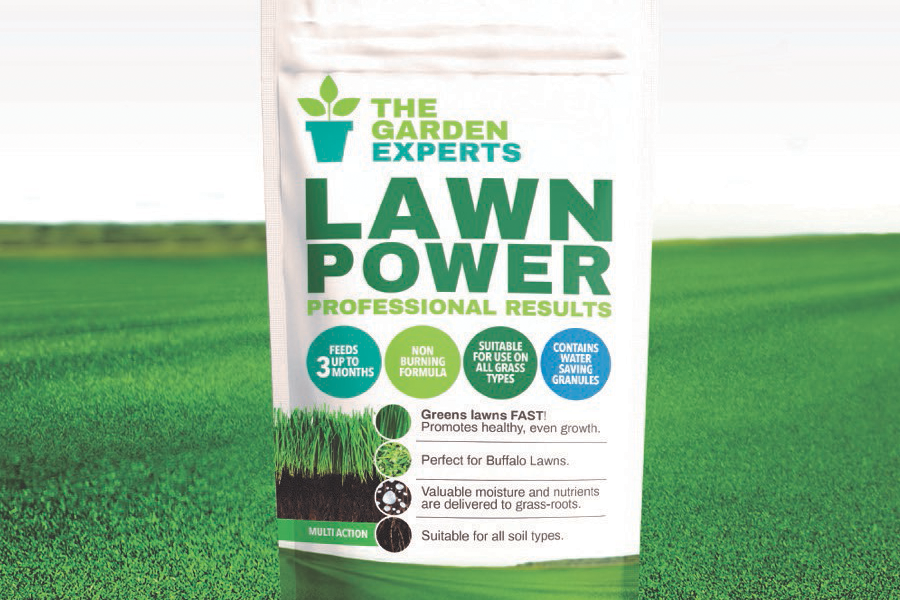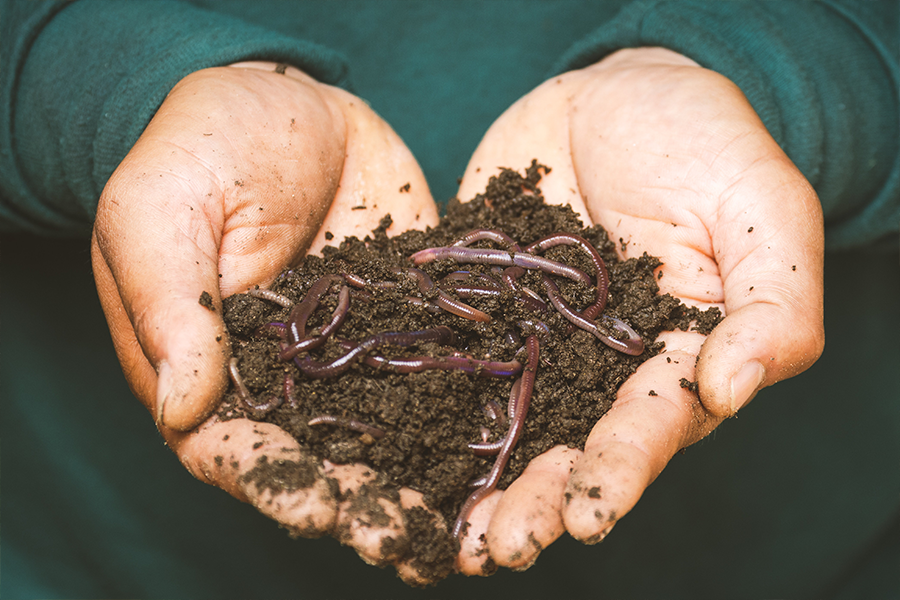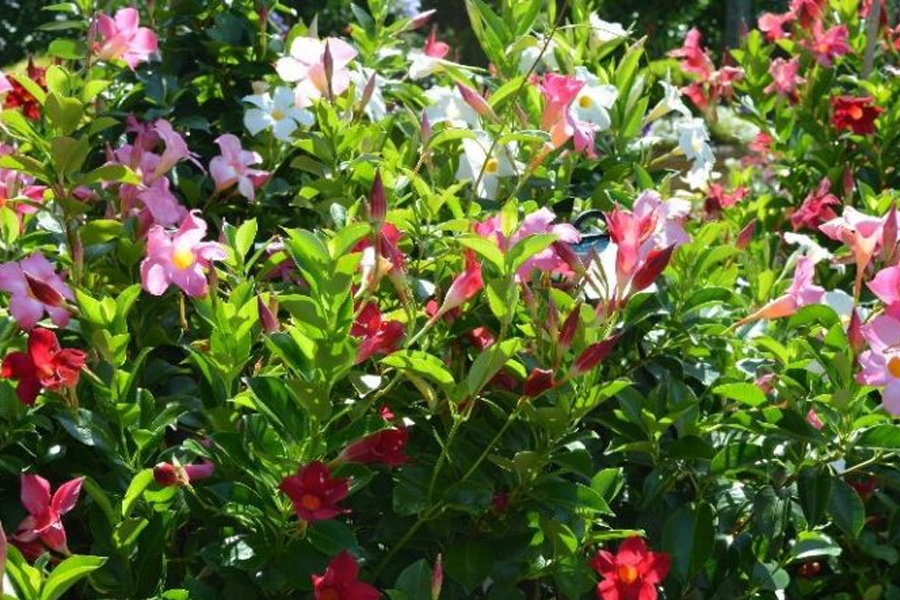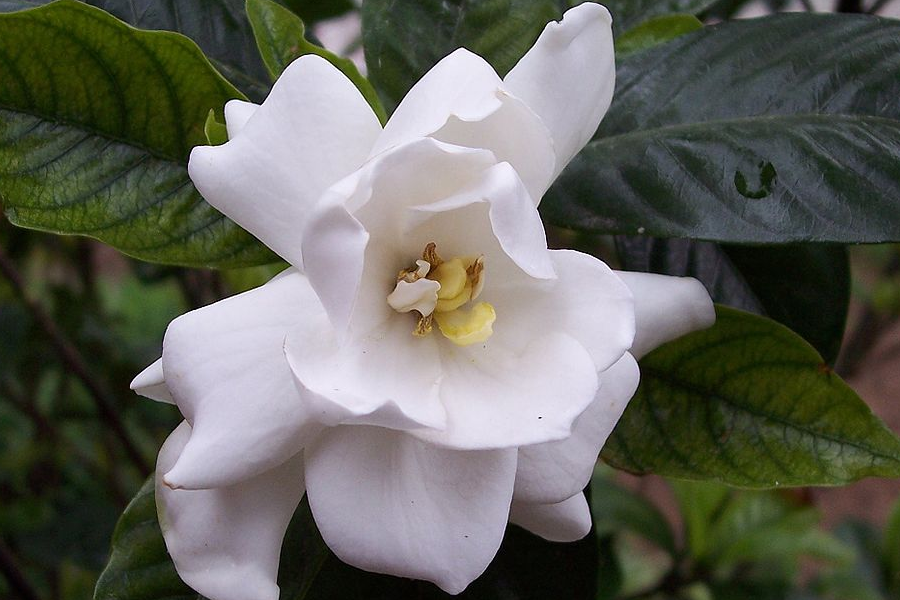by IGC Admin
Share
by IGC Admin
Share

The fragrance of a rose is beguiling, exotic, delicate, and subtle, and the variety of roses can vary enormously.
Beautiful, fragrant roses are ideal for providing colour in any home garden. They will flower for years, and draw compliments from neighbours, friends, and strangers alike. Best of all, you can be sure of finding the right colour and size for you at any IGC members’ stores.
Modern Roses can be grouped loosely into the following classifications:
Bush/Hybrid Tea – generally one main flower per stem Floribunda – multi flowered on one stem Patio/Mini Climbing ground cover – we prefer to classify these as low scrambling style roses. Heritage style roses – the best known being David Austins.
In the “Language of Flowers” the Rose means Love, and we all know that a bunch of red roses signifies love!
Roses can flower for anything up to nine months of the year, and can live to a ripe old age! They prefer an open sunny well drained position and a fairly heavy soil, but not solid clay. Good preparation of the ground beforehand is ideal but not essential. Dig in lots of compost, such as cow manure, your own compost, lucerne, well rotted grass clippings, or quality planting compost.
For best results, Roses need:
- As much sun as possible (more than five hours per day).
- Long deep watering a couple of times a week.
- No competition from any major trees or shrubs although small plants like annuals, bulbs, and perennials is fine.
- Mulch of old manure, Lucerne, and chopped sugar cane.
- Fertilising with a granular in spring, then again round about Christmas time, and again in late summer for the final autumn flush of flowers. We recommend Scotts Osmocote Pure Organics. The 800 gram tub is found only at your local independent garden centre.
- Use an organic fertiliser such as Sudden Impact For Roses, which they will love. Alternatively, use Yates Dynamic Lifter for Roses. Both are excellent options.
- Control of the fungus “Black Spot”, aphids, and thrips, with a spray program like ‘Yates Advanced Formula For Roses Spray Gun’

Planting:
Roses from pots can be planted nearly any time of the year. Most IGC members carry roses all year round, and if adequate attention is given to moisture requirements there is no reason to plant only in the winter as happened in earlier years. “Bare rooted” roses are best planted June/July and early August.
Once the ground is prepared with manure and compost, you’ll be ready to plant your roses. For Bare Rooted or Packaged Roses, follow these points:
- Unwrap if bagged, and shake free all the packaging material.
- Trim off any damaged roots.
- Soak the root ball in a bucket of water.
- Dig the hole for the plant, and make a triangular shape in the centre that is larger than the root ball.
- Place the roots around the bottom of the hole, with the graft union well clear of the eventual soil level.
- Carefully back-fill with the composted soil, gently firming down all the time.
- When watering, ensure you soak the soil, and top up with more soil if necessary.
- Finish up with a slight well around the plant for watering purposes.
- This will prevent water running off. Ensure the graft union is well clear of the soil level.
- Give a final watering, and treat with Seasol to lessen the planting shock.
For Potted Roses, simply dig a whole deep and wide enough that the root ball will easily fit within as you would any other shrubs. However, you may find that New Seasons Roses are loose in the pot, having only very recently been potted up. If the soil falls away, follow the above instruction for packaged or bare rooted roses. We recommend Debco Rose Mix.

Feeding:
With regular feeding, Roses will combat pests and diseases far better than an under nourished plant. Try Sudden Impact for Roses in September, again in January, and again in early autumn. In between these main feeds, consider giving your roses an occasional feed with a liquid fertilizer and add a good mulch of well rotted manure or Lucerne which will greatly benefit the plants.
Watering:
Roses require regular watering that soaks the soil enough that it reaches the lower roots. Watering should happen in the morning to reduce the risk of fungal disease and flower damage that can occur if the roots become waterlogged overnight.
Mulching:
Roses will benefit from surface mulch. It helps inhibit weed growth, it keeps in moisture, and if a mulch of Lucerne is used, it will add nitrogen to the soil and promote worm activity. Roses do not benefit from the competition of other shrubs. They are best under planted with annuals, bulbs and perennials.
Pruning:
Prune in late July or early August, and (less severely) in January and February. Clean off cutting implements with Dettol or bleach between each rose bush.
- Cut off at least half the plant. Cut out all weak and old spindly growths.
- The freshest looking stems are this year’s growth.
- Darker stems are last year’s, whilst old brown stems are three or more years old.
- Cut out all the old branches as low on the bush as possible.
- Cut back all the remaining limbs a little further to an outward facing bud.
- Cut at an angle so that the moisture runs off the stem.
- Cutting to an outward facing bud keeps the shrub vase shaped and the centre free for good air movement.
- If you ever see any growth from below the graft union remove this too. These are from the wild briar under-stock.
- Cutting rose flowers is a natural form of light pruning. If you don’t cut the flowers for the house, then make sure that you regularly remove any dead buds.
Pests and Disease: Generally the main problem roses suffer from is Black Spot on the foliage, which is a fungal disease. You can identify Black Spot if the leaves begin to turn yellow and develop brown/black spotty marks. The leaves will also fall off early, and the bush will generally have a leafless look about it. Plants need leaves to live, so if unchecked this fungus can seriously affect the rose bushes to the point where they no longer bloom.
The Remedy:
After winter pruning, remove all clippings, and leaves from the ground, and put in the rubbish bin, not the compost bin. Spray the pruned plants and the surrounding ground, with Lime Sulphur to help kill any dormant fungus spores. As the new foliage appears, commence a spray program with Yates Rose Gun Advanced or Yates Rose Insect and Disease Spray every 2 to 3 weeks until late autumn.
Roses can become affected by mildew which can be controlled with a fungicide spray to prevent further mildew. Aphids are a hazard that loves the new growth and tender young buds. Remove them regularly either by hand or by using a Pyrethrum based spray like Confidor are very effective products for the removal of Aphids. Pale coloured roses can be affected by Thrip which are very small bugs that suck the sap from the flowers, and so distort the blooms. Spray with Confidor.
What's worse than finding a worm in your apple? Finding half a worm...
Stunning tropical –look summer showstoppers providing an irresistible show of colour to brighten up your home.
Gardenia are very popular and a much-loved shrub, which originated from China, but it's important to know how best to care for them.





